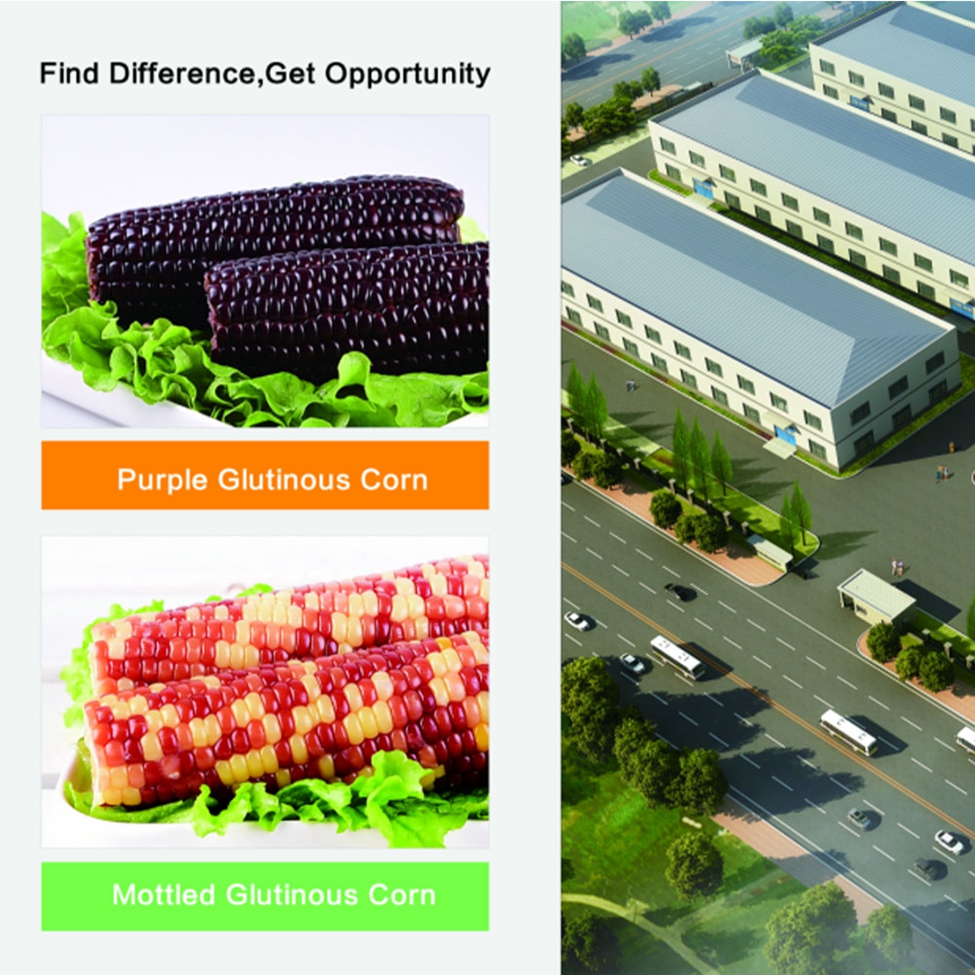During the fertilization period, the fertilization of flower and tree leaves is usually carried out before and after flowering, in the period of strong fruit, and before the winter. The fertilization at each stage is performed once every 7 to 10 days, 2 to 3 times in succession. During the vegetative growth period, more nitrogen and potassium fertilizers are applied. Phosphate fertilizer is applied more during flower bud formation and fruit growth. Different types of fertilizers have different spraying effects at different times. For example, phosphorus fertilizer and zinc fertilizer should be sprayed at the initial flowering stage, while molybdenum fertilizer should be sprayed before flowering.
When spraying fertilization plants and flowers, it is necessary to pay attention to different fertilizers to make different concentrations. Care should be taken to avoid over-concentration. If the concentration is too high, flowers and trees will be burned, but the amount of fertilizer will be insufficient and the fertilizer will be ineffective. It will not achieve very good results.
When fertilizing the fertilizer, the fertilizer is sprayed on the back of the leaves so that the fertilizer is absorbed into the pores and is easily absorbed. Foliar fertilization is not only to spray the outer periphery of the flower and tree crown, but also to spray the inner leaf of the tree. The upper and lower leaves must be sprayed.
Spray timing When the temperature is between 18°C ​​and 25°C, the stomata of the leaves will all open. At this time, fertilization will greatly improve the fertilizer effect. When the temperature exceeds 30°C, the stomata of the leaves will be closed and the fertilizer applied will be difficult to be used. When leaves are absorbed, they cannot be sprayed to prevent fertilizer damage. When the air humidity is high, the fertilizer solution stays on the leaves for a long time and more nutrients are absorbed. When the air humidity is low, the fertilizer is not easily absorbed by the leaves. Therefore, the foliar fertilization is usually conducted on a sunny or cloudy day without wind, and it is best to spray in the early morning or evening.
Ready-to-eat Single Packed Sweet Corn
The factory is located in Gongzhuling City which known as "Hometown of Corns in China", it is one of the top three golden corn belts in the world far away from pollution.
Jilin Province, as the main corn producing region in China, is also in the main grain exporting province of the country. It has been the first in China in terms of total corn production and commercial grain rate. There has the mosst excellent soil and climate which are suitaable for corn growth. The corns there have high yield and excellent quality, are ideal raw materials for processing fresh sweet and waxy corn.Corn planting in the Northeast region is mostly one crop a year, and spring sowing is mainly based on clearing, which accounts for more than 50% of the corn planting area in the Northeast.
In addition to clearing, the importance of corn in crop rotation cannot be ignored. Rotate crops with sorghum, millet, soybeans and other crops to improve crop yields.
Affected by climatic characteristics, the choice of corn varieties in Northeast China is to choose varieties with moderate maturity or early maturity, and at the same time have the characteristics of low temperature tolerance and high yield.



If you have any questions, please contact us directly. Welcome to visit our factory, if you have any questions, please email us directly.
Sweet Corn Cob Varieties,Sweetest Sweet Corn,Sweet Corn Maize,Sweetened Corn Cob
Jilin Province Argricultural Sister-in-law Food Co., Ltd. , https://www.nongsaocorns.com